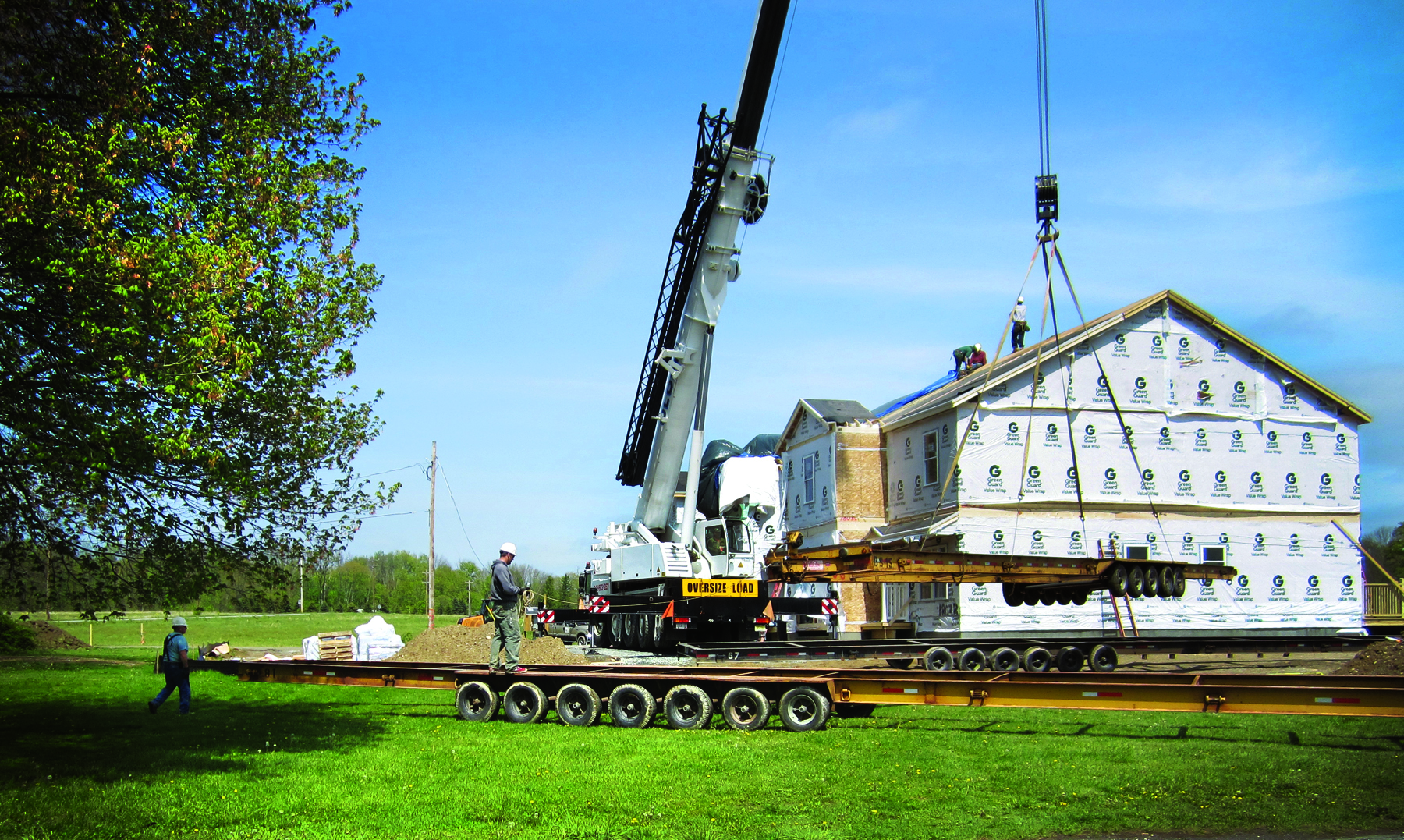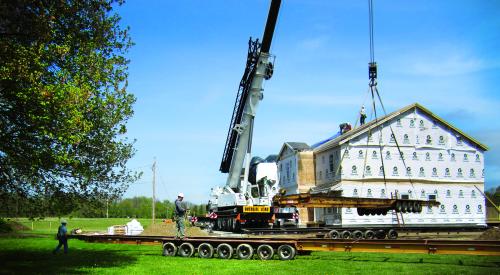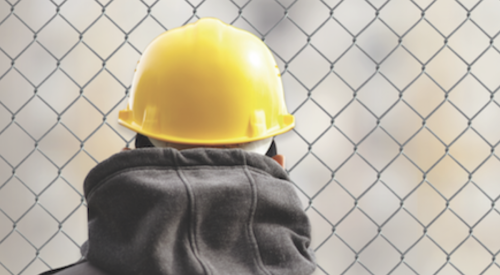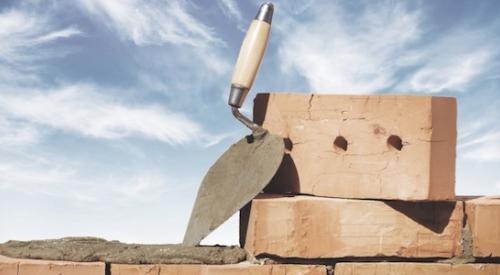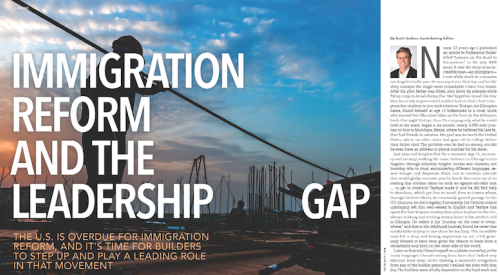The release of June housing starts and permits by the Census Bureau was met with great fanfare by the media, eliciting headlines such as “Housing Starts Jump 26.6%” and “Building Permits Surge 30% Year-Over-Year.” Not called out in many of the headlines was that the gains were all in the multifamily sector, and most of them for rental apartments. On a monthly basis, single-family permits decreased 1 percent while multifamily increased by 29 percent.
It’s true that the recession stalled the usual progression of first-time buyers into the market and that, by and large, it is good for the entire industry that household formations are increasing, no matter whether those households rent or buy. But that’s not the whole story behind the paltry single-family numbers. There are more buyers out there for single-family homes, but many builders just don’t have the labor to build them.
A recent article by CNBC’s Diana Olick quotes Bruno Pasquinelli, president of CB Jeni Homes, in Dallas, as saying that builders there are taking “a complete beating” from the labor shortage. In The Wall Street Journal, another Texas builder, CastleRock Communities’ partner Lance Wright, said that instead of the 45 days it usually takes from contract to start, he has “houses sitting 60 to 90 days, waiting to get out of the ground.” Others around the country tell the same story. A builder in Denver told me that his company is operating at around 50 percent of what it could be doing due to lack of labor.
During the housing boom, I ran a series of articles on immigrant labor in the construction industry. At that time, many of these workers were undocumented. The stories reported on the industry’s dependence on an immigrant workforce, how it was playing out in different areas of the country, and the issues associated with running operations with workers who were keeping one eye out for the authorities.
A few days after the magazine mailed, I began receiving emails and letters from outraged readers about the article. Most of them felt that such attention should not have been given to the topic, that they themselves did not hire illegals, and that they were cancelling their subscriptions. One especially memorable phone call on the subject came from a builder’s wife. Her voice trembled with rage as she told me it was un-American to focus attention on people who were taking jobs away from “our boys.”
The fact is, there were not enough of “our boys” working in construction to sustain the level of building then, just as there are not enough now—even with today’s smaller production numbers. Please be assured that I am not in favor of loosening our current border security measures or forgoing enforcement of restrictions on the employment of people who are in our country illegally. I do feel that we missed an opportunity back then to develop a guest worker program for construction, but that ship has sailed.
So what can be done? Industry consultant Scott Sedam has been writing in these pages for a long time about this issue. Two years ago, he tried to whip up interest in starting programs to bring more young people into construction, to no avail. Since then, he has turned his attention to helping interested builders become a “builder of choice.”
But in order to ease the pain of labor shortages, perhaps something larger, more game-changing, needs to happen. One idea would be for the industry to start using more panelization. Building panelized components in a factory environment reduces waste, shortens construction times, and saves money on materials. But more importantly, it can provide jobs that are steady and year-round. Builders are already using preassembled windows, doors, and roofing systems. Maybe it’s time to take the next step.
